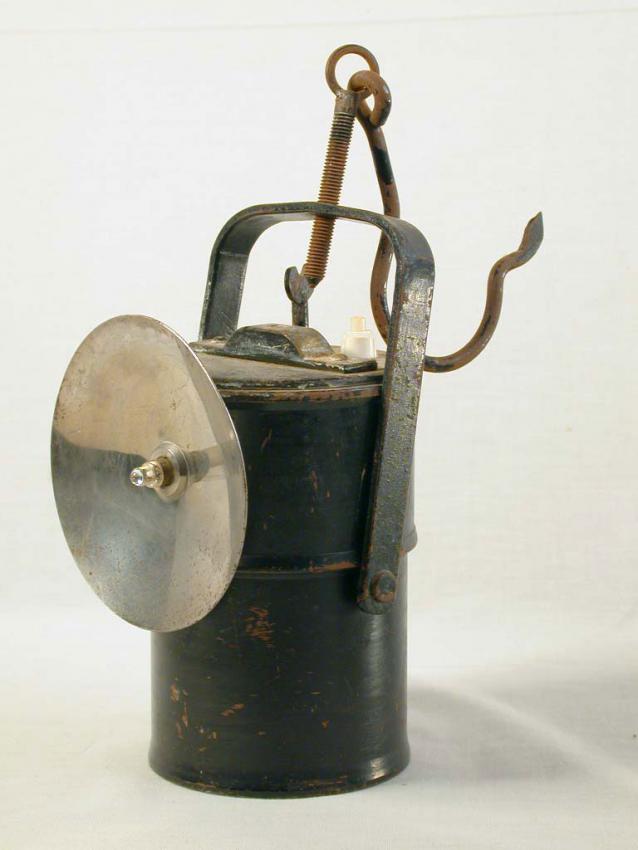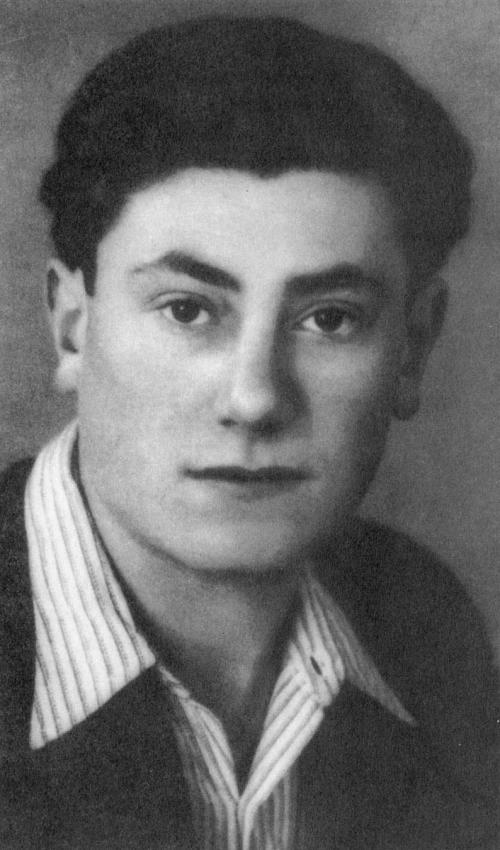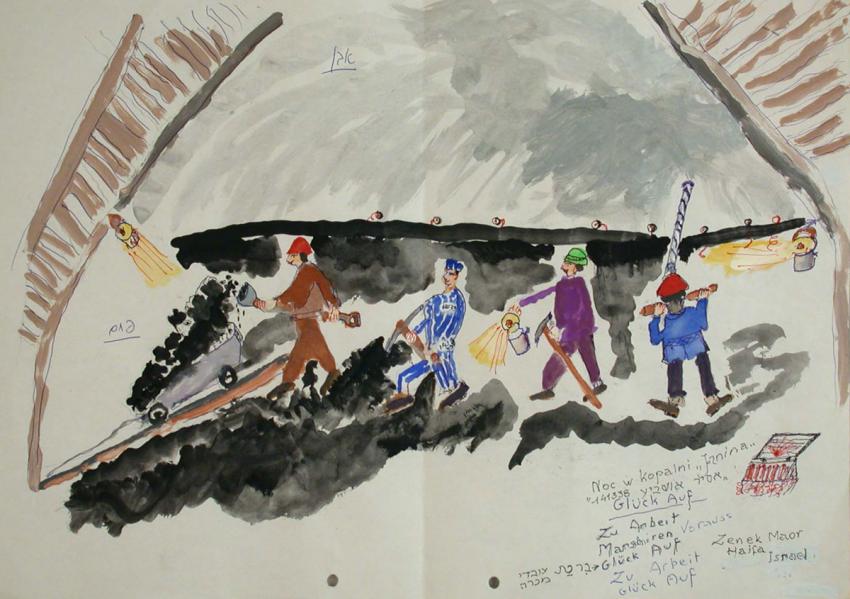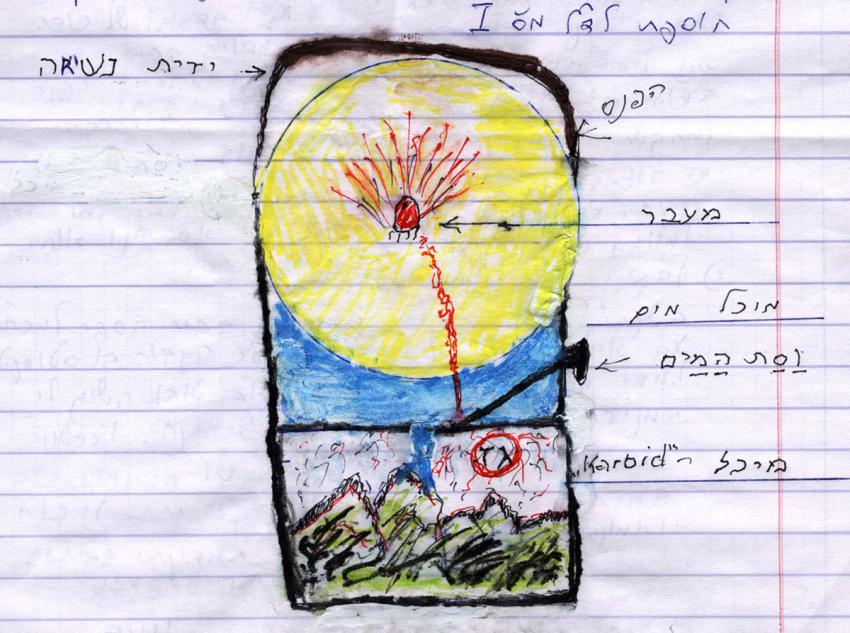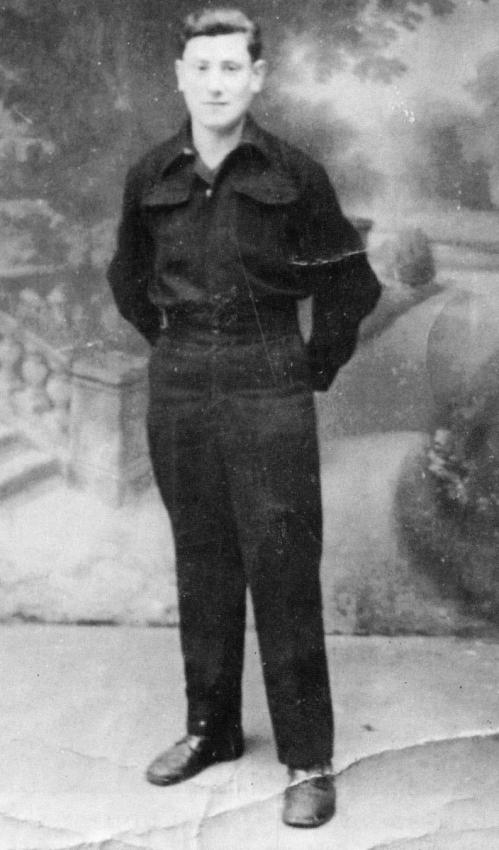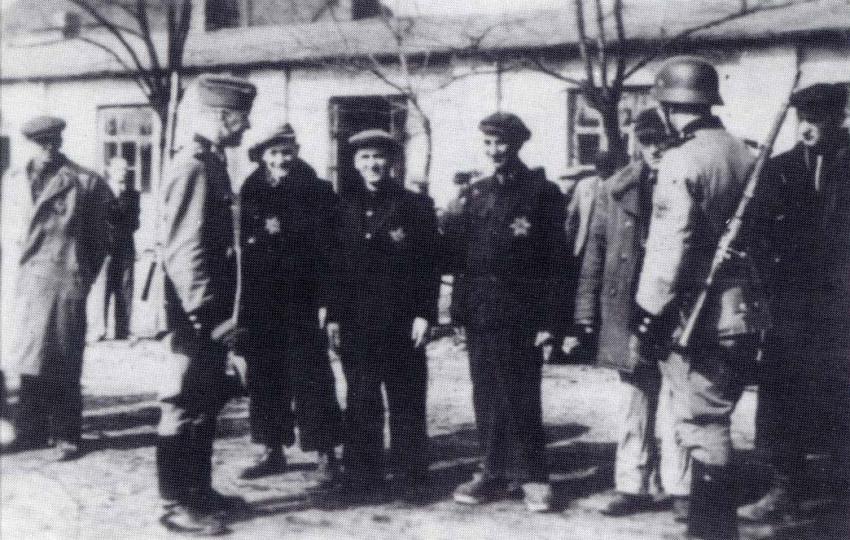Zenek and his brother, Heniek, were sent to Auschwitz and assigned to a work detail in the Janinagrube coal mine, that was part of the Auschwitz-Birkenau complex. The miners would use a carbide lamp whose flame often blew out in the mine. As the Jewish prisoners were forbidden to carry matches or lighters, they were forced to work in the dark, endangering themselves, until they met up with someone with a lit lamp or a foreman with matches.
As time passed, Zenek found a way of lighting the lamp using electric wires from a signal bell without the use of matches, but when he was caught doing it, he was accused of sabotage and sentenced to death. Fortunately, the camp commandant commuted his sentence because he was convinced that Zenek had intended to improve the lamp. In any case Zenek was forbidden to use his invention.
On the 17th of January 1945 the prisoners of Auschwitz, among them Zenek and Heniek, were marched in death marches towards Germany. In the course of the march, Heniek’s group of prisoners was fooled into fleeing as their Nazi guards shot as they ran. Zenek’s group continued and was liberated by the advancing Soviet troops. Convinced that his brother had been murdered, Zenek returned alone to Wloclawek only to find that none of his family had returned.
With time, Zenek discovered that his brother Heniek had survived and he went to him in Bavaria. Ultimately though, their paths parted when Heniek emigrated to the United States and Zenek, who had been a member of the Zionist “HaShomer Hatzair” movement before the war, became active in the “Bricha” organization that was arranging the immigration of survivors to the land of Israel in spite of British restrictions.
In 1947 Zenek made his way to the land of Israel as a Hagana member and settled in Kibbutz Yad Mordecai. There he met his wife Lilli, a fellow survivor from Hungary, and there their oldest daughter was born. During the heavy Egyptian bombardment of the Kibbutz at the start of the War of Independence, the women and children were evacuated and Zenek remained with his comrades to defend the Kibbutz.
With time, Zenek Moskowicz , who changed his name meanwhile to Zenek Maor, moved with his wife Lilli and their family to Haifa, where he lived until his recent death in December 2009. Zenek and Lilly Maor were blessed with four children, twelve grandchildren and four great-grandchildren.
During a visit to Poland in 1982 Zenek returned to the coal mines where he had worked as a forced laborer. When he saw that the miners were still using the same kind of lamps that had been used by the prisoners during the war, Zenek asked for one that he proceeded to donate to Yad Vashem’s artifacts collection.
Yad Vashem Artifacts Collection
Gift of Zenek Maor (Selig Moszkowicz), Haifa, Israel
